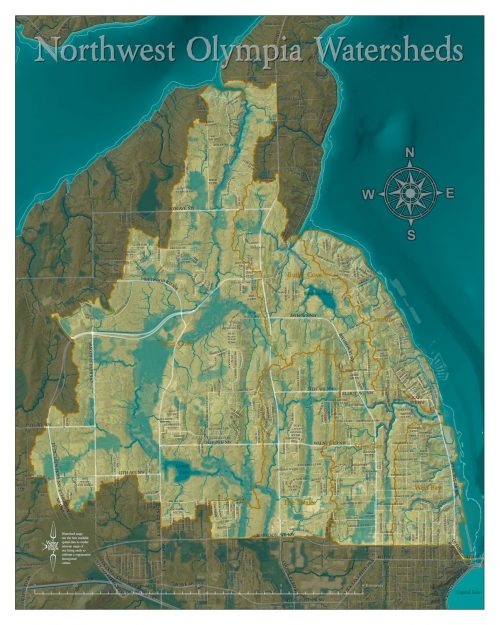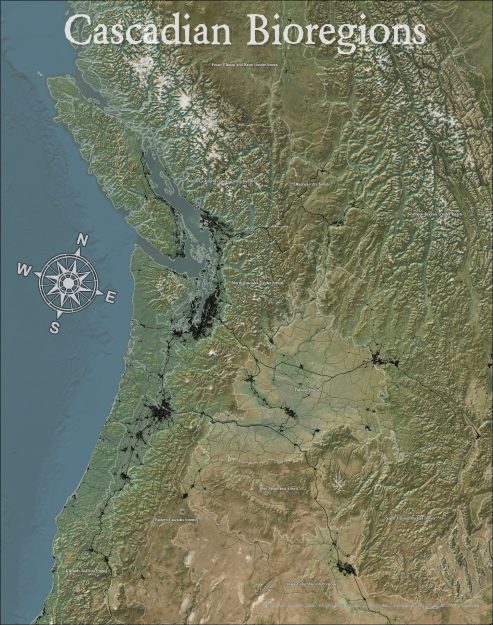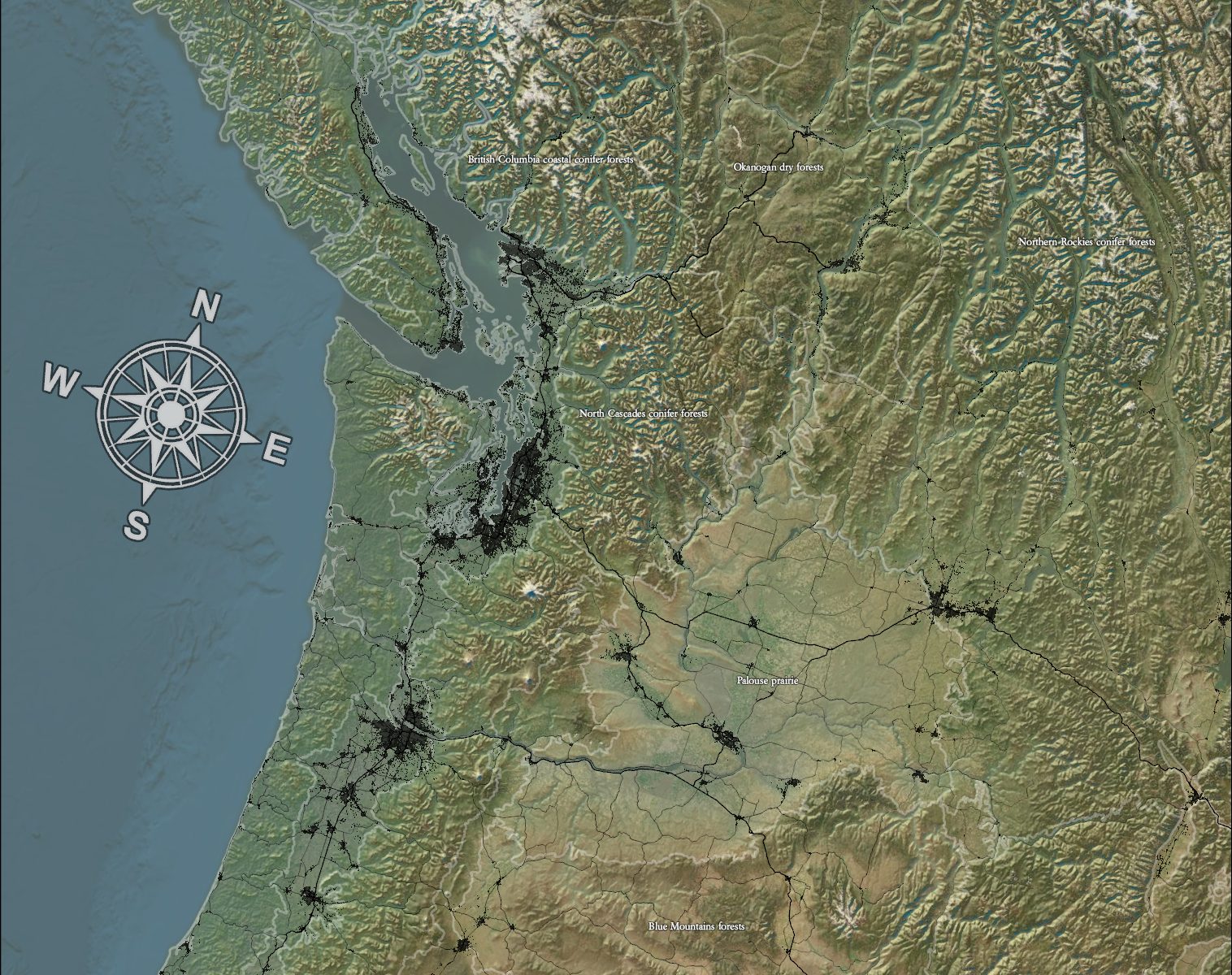I am going to switch style and focus on facts, offerings and needs, and ignore the prose. The last update was a messy year in the making.
Guild Infrastructure
I’ve cut out reflections on my day-job, just to be more efficient with updates. Instead I offer this section on what I call “guild infrastructure”. These projects are to build supporting webs that help the formation of a guild around mobile restoration field stations.
Salish Sea Wiki
We have a pool of resources at an agency targeting the wiki, and a draft operating agreement with a non-profit interested in operating. The trick was creating a legal and financial structure to accommodate change, while protecting purpose. The result is to establish a standard operating agreement using sociocratic principles of consent. Funders can contract for deliverables, but the contract references the operating agreement, and the new funder can then take a seat at the table with the consent of the existing circle. The purposes and principles are defined in the operating agreement. This allows new partners to join, while protecting the original intent, while allowing new partners to seek functions that are within the goals of the wiki. I have a “operating agreement” if anyone wants to see it in detail.
I just developed an update for the Snohomish Delta, in the form of the timeline. It is clear that this is a useful wiki page tactic for places to effectively organizes information. I now suspect that at some point, places pages will slip from a collection of factoids, into a chronology as stewardship work begins. Understanding how information piles evolve into curated information will be important for onboarding and training.
Before next update I will be releasing a Request for Qualifications through Society for Ecological Restoration, who has agreed to be the sponsor of the project. I will be looking for a host and maintenance vendor. I am looking for members of a volunteer technical team that have capacity for pro bono professional quality enhancement (for example a computer science program at a university). I hope to quickly move towards spatial data integration so that wiki pages can be associated with georeferenced polygons, and wiki pages attributed, through the position of thier polygon, in spatial relationships with other pages.
NEEDS – I need new institutional sponsors for the wiki that will pay money for services, or finance improvements, while respecting the purposes of the platform. Targets include professional organizations, NGOs, agency programs that struggle with information management within their institution. We always benefit from wiki gardeners that are interested in mapping part of our social-ecological systems. It would also be useful to have people creating video tutorials about how they are using the wiki. Once I get the platform moved to its new home and updated I will get to focus on these community development tasks.
Salmon Recovery Revegetation Network
I have been exploring potential mechanisms for further activating the Western Washington Riparian Network started by reveg colleagues in the Skagit. After 20 years, Puget Sound doesn’t have standard revegetation monitoring protocols. With a protocol for survival, you could develop distributed experiments across multiple sites and compile data to better understand factors affecting riparian revegetation effectiveness. We could get a faculty-graduate student team for a summer to set up the protocol and an initial experiment for less than $25k, and could whittle that down. I will explore if coordination among grant programs could generate a pool of resources to support this. More about revegetation on the Field Station update.
I have a set of around 6 field shops that want to participate but don’t have time or resources. My primary strategy here is to encourage funding agencies to pool resources to support monitoring standards. Due to a wide range of issues, this isn’t going to happen over the short term, and I will need to decide if I want to try to bootstrap.
NEED – Volunteer faculty or post-doc with vegetation ecology experience and the ability to develop a randomized block design in collaboration with a field revegetation teams.
Watershed Maps

I am now the proud curator of a print on demand on-line store. The initial product line is a series of maps designed to support watershed analysis of NW Olympia–more about that later. I can now sell any high-resolution images along with other swag, and could expand to other transactions if useful. The site integrates Printful, Stripe, and WordPress. I can sell your maps as well as mine. I have a four other map folios started, and that will need to get paired down: 1) An “Estuary City” map of the larger Olympia landscape, 2) A detailed view of South Puget Sound to show detailed shorelines and water place names at the HUC12 scale. 3) A series of watershed-scale maps for the whole Puget Sound, and 4) a series of detailed maps of the San Juan Islands. In addition I want to develop maps of my first Ecological Field Station territory, discussed later.
If you’d like a map to promote your work, we can talk. I have too many ideas on this front, and will need to organize “maps days” to finish specific projects in an order that makes sense. It would be great to have cartographic apprentices to work with, but the ESRI software is expensive so this would be a good opportunity for a college student that wants to develop cartographic skills and assets.

I tend to inefficiently work on a half dozen maps projects at once, and then make a push to get one done. Just as I defined these 4 projects, I got sidetracked on another kick of starting to sketch out the natural bioregions within which the Salish Sea is so central. I wanted to show our position as the northern-most extent of the continental empire. Places like the Spokane-Couer d’Alene city state are clearly perched between Rocky Mountains and the Columbia Plateau. I am starting to feel clearly that Cascadia is many bioregions, and that McCloskey’s vast Cascadia territory is a colonial dream compared to any hope of a future coherent culture of place.
NEED – Cartographers to generate ecological, bioregional, or watershed maps that we can give to their friends through the website.
Restoration Field Stations
I think we are on the path to a first mobile restoration field stations. The client would be the Tulalip Tribes. The site is recently acquired riparian forest along the Lower Skykomish River. The sites are severely damaged and neglected, with 200 to 1000 foot buffers of cottonwood, with some overstocked CREP plantings, patches of blackberry and knotweed, and some native remnants. There are many target opportunities from where the Skykomish drops into the lower valley, which is a critical habitat for Snohomish Chinook salmon. Like all nascent things it is a house of cards, but a particularly beautiful one that could take deep root.
Work in the summer of 2022 would focus on site assessment and culture design. A colleague and I would be the “stewards”, and we would all be guests of the tribe as “host”–and will need to focus on being good guests. As the prototype steward, I am preparing an invitation that meets the needs of the host. In short, I would like to be part of a system built around small coherent local groups of people that form something like “clans/chapters/groups” that are willing to collaborate to sustain restoration field stations. All the capabilities of the guild live in the groups. A “steward” would put out a call for groups after negotiating with a host, describe the situation, and indicate the needs. Groups would respond with availability and capabilities, and the steward would invite a set of groups that meet the needs of the site. Groups can respond to any invitation, any group can become a host or steward. Groups endorse a “guild handbook” which defines standard roles, responsibilities, expectations, and power structures. The existence of the guild depends on a shared handbook.
This follows a long tradition of organizing around small intimate groups that form effective teams. Part of the guild vision is to increase our ability to create flexible “groups of groups” rather than constantly reinventing some variation on corporate institutions because we lack small group integrity.
I expect to put out an initial call of “startup teams”–partnerships interested in group formation, that would like to bootstrap site assessment and handbook development over the summer and fall of 2022. Camp involves a light day of work (mostly inventory of soils, plans, hydrology) skill trading and co-learning in an open-space format, and relaxation by the river. Clans develop capabilities to support the field station: technical skills, camp technology, and teaching capabilities, learning goals. More coming fast.
NEED – Think about who you would partner with to form a group within your personal networks that would become a ecosystem guild group–a restoration-interested social network with a pool of useful skills that are willing to prototype a guild-based restoration field station system to restore public trust resources.
Here is a 16m video describing the concept to restoration industry audience. I anticipate the Guild System lives parallel to and overlapping the industrial-colonial restoration industry.
An Olympia Stronghold
I have initiated a conversation about engaging with Olympia Ecosystems for the purpose of top-of-watershed restoration. My vision is to define a city-endorsed plan to reclaim streets as stormwater treatment systems that also produce useful materials and food, so that we can enable community-led depaving of neighborhoods and water management in a way that creates a public commons, taking the land-base back from cars.
Exisiting stormwater strategies are generally heavy with grey infrastructure, and require government involvement, and don’t create secondary benefits. Such a vision can feed off of and complement the existing West Bay greenbelt restoration and end-of-pipe treatment being proposed for West Bay. Combining a community-based headwaters restoration with surfacing water flow and restoring greenbelts, in a way that empowers neighborhoods to create common assets seems like a good way to get beyond co-housing. These designs and any code revision could serve as transferable prototypes.
This initial work would revolve around money. I suspect the first step is the build a support network for a small group of students, and then secure a grant. I am initiating a series of interviews to figure out who the essential core team could be, to set a price, and identify target funding sources (for example Ecology integrated stormwater programs or the EPA Stormwater Strategic Initiative Lead).
I will be looking for partners to work with on this one, and am focused on defining the big picture, key talking points, and aligning a university sponsor with a support network. This is a good opportunity for someone that wants to learn about project development for a grant writing context. I was going to start with a Kaizen Gemba style A3 summary. The output would be conceptual designs, feasibility, and a couple pilots where we could de-pave city right of way to create stormwater harvesting to to produce willow coppice and blueberries. While this is exciting, this arc is going to get stalled out in favor of field station work.
NEED – This is a major project, and would be difficult to handoff as half-baked as it is–you would need to construct your own feasibility: research funding sources, development of “big picture narrative”, GIS development around flow pathways, outreach to city storm-water staff, ground truthing surface flow maps, identification of high value site, and coordination with Oly Ecosystems on coordinated funding requests. I was going to start with an A3 product, but will not have time to contribute for a while. It would be great to put together a 2-year internship on this one! Anyone want a Master’s degree?
Marshall Middle School Plants for the People
Marshall Middle School is taking off, with a new grant, and matching funds from Thurston County. Bob Barnes is charging ahead with restoration following an industrial model, based on his success in state Department of Transportation. They are expanding the nursery, primarily focused on purchase and growing out Fourth Corner Nurseries bareroot stock, automated irrigation, and contracted site prep with machinery, and heavy mulch import. They are collaborating with GRUB on building demonstration gardens. I am glad this is taking root, but it doesn’t have that self-sufficient, student-led, home-grown style I always dream of. However this is better than it being plowed under. In all the progress I fear less attention is paid to cultivating leadership and skills among students and adults in the community. I fear we collect trophies without having distributed the work.
OPPORTUNITY – Approach Tom Condon at the Citizen Science Institute if you would like to volunteer at the school nursery. There is a tremendous unmet need for curriculum focused on practical restoration skill development, and a huge opportunity at the Middle School level for restoration of school grounds and contribution to local projects through plant production. I would be interested in transplanting a school nursery concept into Monroe Middle School in support of restoration field stations, and will be looking for contacts.
“Ravenwood Neighborhood“
I keep renaming my unnamed neighborhood. A pair of ravens keep coming back every spring to nest in the Schneider Creek Ravine, and they were noisy today. They periodically have to beat up the city crows that harass them.
I harvested my first batch of machete compost, where I took raw yard waste and a machette and built windrows, urinated on them and covered with weed fabric. It is serviceable as part of a mulched planting, and I have just planted an initial 30 foot bed on the forest edge. I would like to work toward syntropic-style mixed native and non-native strip planting, but need a larger collection of more species.
I’ve been adding species, and watching with curiosity what the deer take. There is a family of three does that bed nearby, and this year they are joined by a fourth young-of-the-year. They spend a lot of time foraging in our forest edge, and I am sure they shape species composition.
We are committing to cohousing and selling our old rural house, where we raised our daughter and where I gardened for 14 years. I will do one last photo documentation. So much learned there, and it was barren when we moved there and is now wild in ways that will be hard for the next owner to undo (but I fear they will, because the drive to domesticate runs deep). Me and my plant friends are waiting to see who wants to take possession in the “russian roulette” of the private property system.
I will be putting restoration work on the back burner during field station start up, but hopefully will have lots of new genetics to grow out by next fall. I tried selling some plants on next door, and will need a better system, too much work, but got enough by selling surplus to keep in potting soil.
NEED – Ivy pulling, In summer I will be looking for seeds, and in fall I will be looking for divisions and cuttings if someone in the neighborhood wants to co-op on this project I’d expand the nursery and could split the stock.


